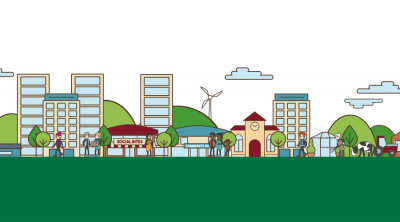COMMON GOOD
Common Good assets are often of significant local importance and heritage, and valued by residents – buildings like town halls, tolbooths, and former burgh chambers, as well as parks, gardens, links, and woodland – and the annual income generated by these funds is often distributed to local causes.
But for many people there are questions about how the Common Good is managed, whether it could be put to better use, and what its purpose is in the 21st century.
Modernising Common Good assets could be a game changer for urban land reform and community ownership in Scotland’s towns and cities. We are looking at the purpose of the Common Good in the 21st century, how greater benefit could be delivered for communities through the Common Good, and how these assets should be recorded and managed.


